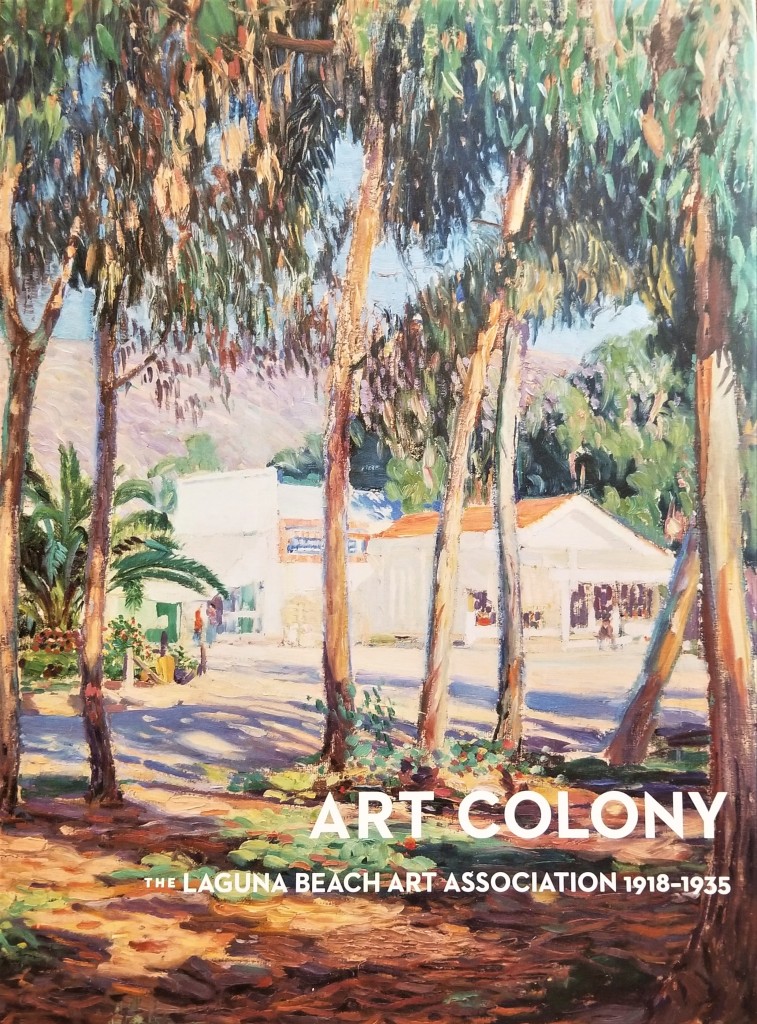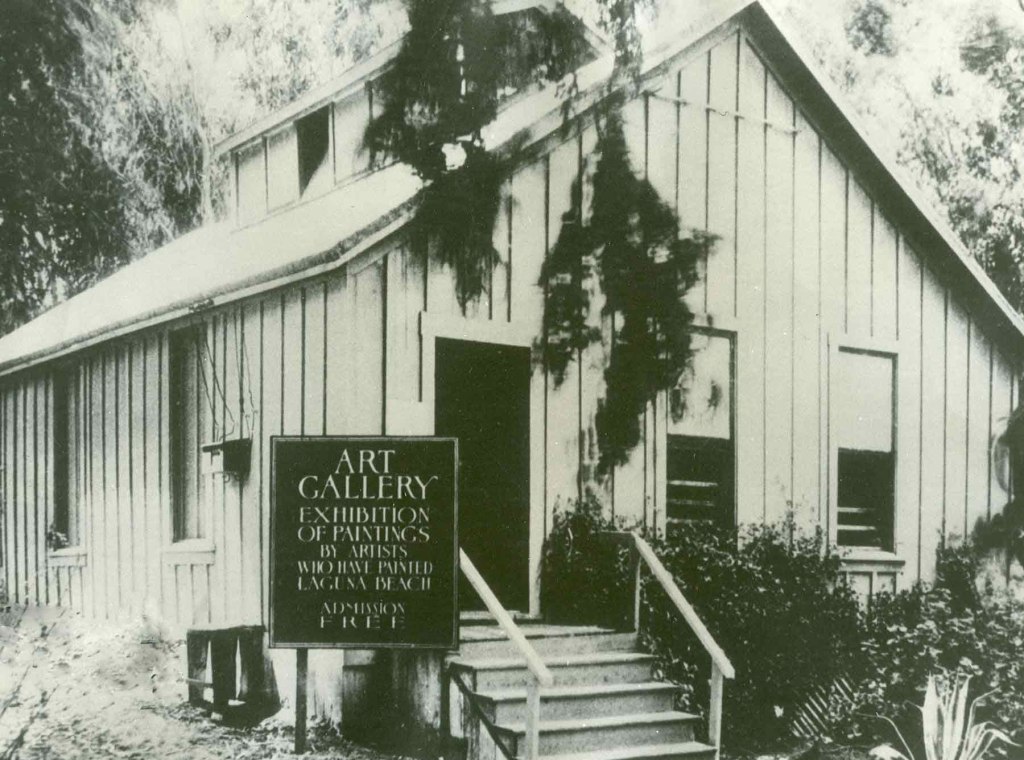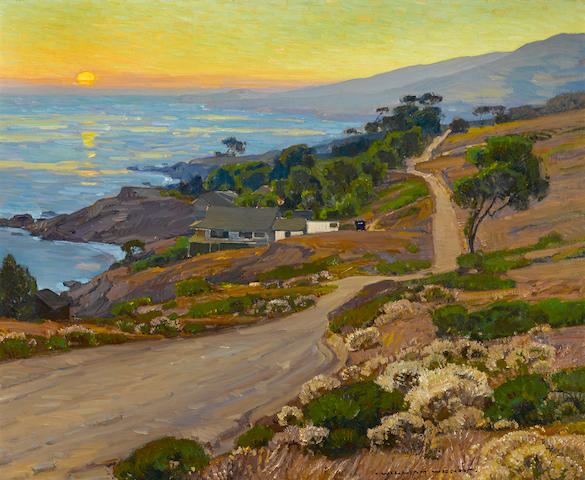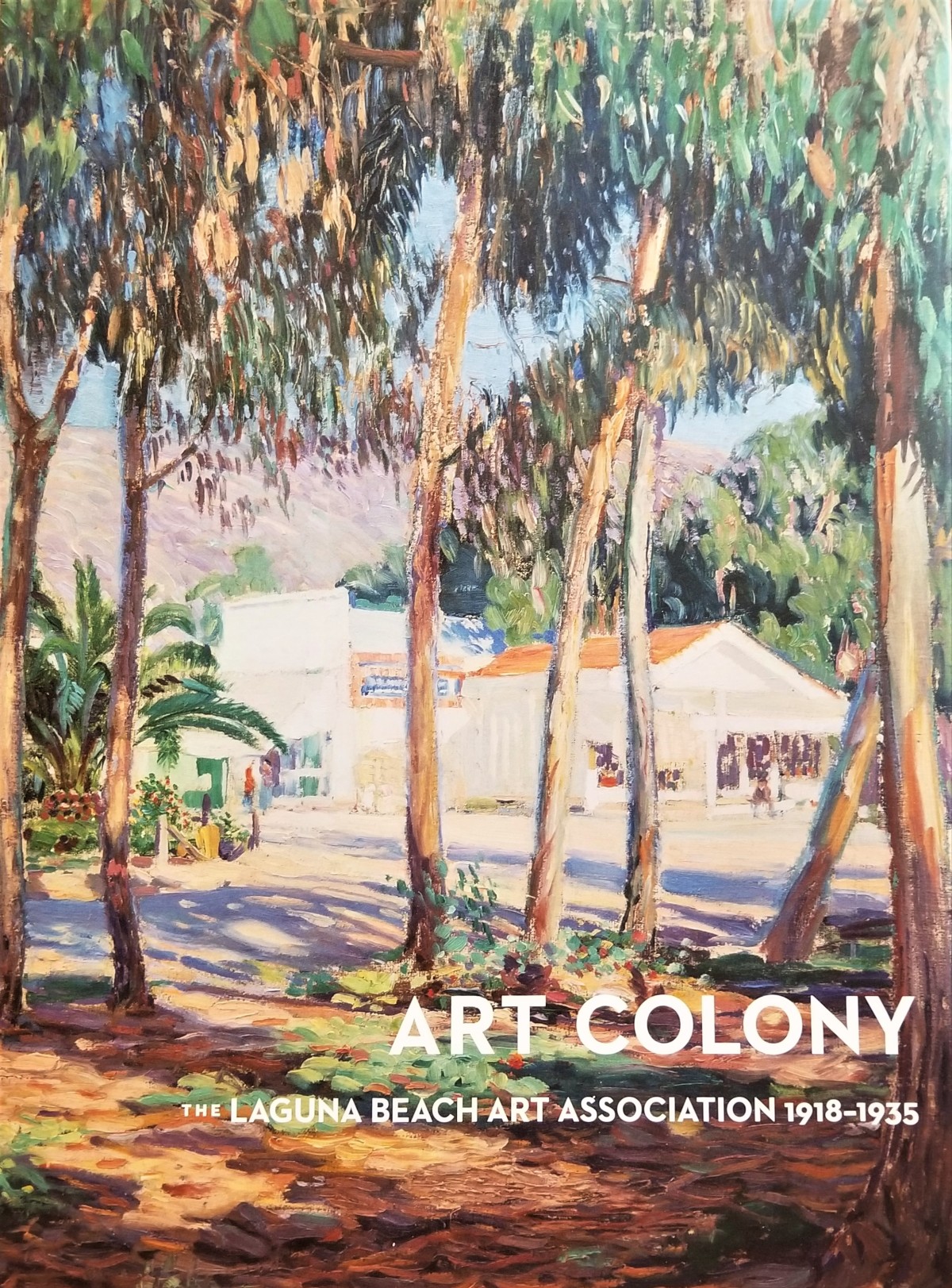
Grove Koger
One of the high points of my writing life was my association with Art Patron Magazine, which began publication in Laguna Beach, California. Today’s post is an abridged review I wrote for the magazine’s Spring 2019 issue.
□□□
Art Colony: The Laguna Beach Art Association, 1918-1935. Laguna Art Museum, 2018
It was a little more than a century ago that a group of artists and art enthusiasts formed the Laguna Beach Art Association—an anniversary that the Laguna Art Museum celebrated with an ambitious exhibition that ran from late June 2018 to early 2019. The museum labeled “Art Colony: The Laguna Beach Art Association, 1918-1935” a “tremendous milestone” in the history of the association, and indeed it was, with more than 100 works by 66 artists on display. For those who want a permanent record of the event, the museum published a sumptuously illustrated catalog as well.
Art Colony runs to 264 oversize pages and includes 200 illustrations as well as two substantial essays and an 11-page chronology tracing the relationship between Laguna and its myriad artists. Taken together, the pieces blend social history, travelogue and criticism in a detailed but lively manner, recounting the story of the association itself while analyzing the community’s transformation into a mecca for creative spirits.

Painters may have been at work in Laguna Beach as early as 1889, but we know that it was around 1900 that British architect and watercolorist Norman St Clair first realized the location’s artistic possibilities. It was a place, as someone told his wife, “off the beaten track,” where the trees grew down to the shoreline and the scenery was beautiful. We can’t be sure, but the watercolor Rippling Tide that the artist exhibited in the San Francisco Art Association’s 1904 exhibition may have been the result of the visit that St. Clair and his wife subsequently made.
Within a surprisingly short time, other artists followed, including William Wendt, Elmer Wachtel, Granville Redmond, Anna Hills and Edgar Payne. It was this last painter who spearheaded the establishment in 1918 of a community gallery in a pavilion next to the Laguna Beach Hotel. The effort led naturally enough to the creation of an association, one that welcomed both artists and their supporters. By the 1925-26 season, membership had skyrocketed to an astonishing 700 individuals.

As the Laguna Art Museum’s Executive Director Malcolm Warner notes in his Foreword, the exhibition and its accompanying catalog put the lie to the widespread assumption that the association encouraged artists to work in “only one style—landscapes and seascapes in the tradition of the French Impressionist painters.” The later illustrations in the catalog certainly prove Warner’s point—particularly those from the 1930s by such painters as Anna Skeele, Paul Sample and Conrad Buff.
The Laguna Art Museum calls Art Colony “the first large-scale, critical study to focus exclusively on the art association’s growth and development.” For anyone interested in Laguna or its artistic history, it’s a must-buy. But will it change that widespread assumption that Warner refers to? After all, its dust jacket reproduces a detail from Joseph Kleitsch’s beloved Drug Store, a painting from about 1925 that fits comfortably within the California Impressionist style then common.

If you’ve enjoyed today’s post, please share!
